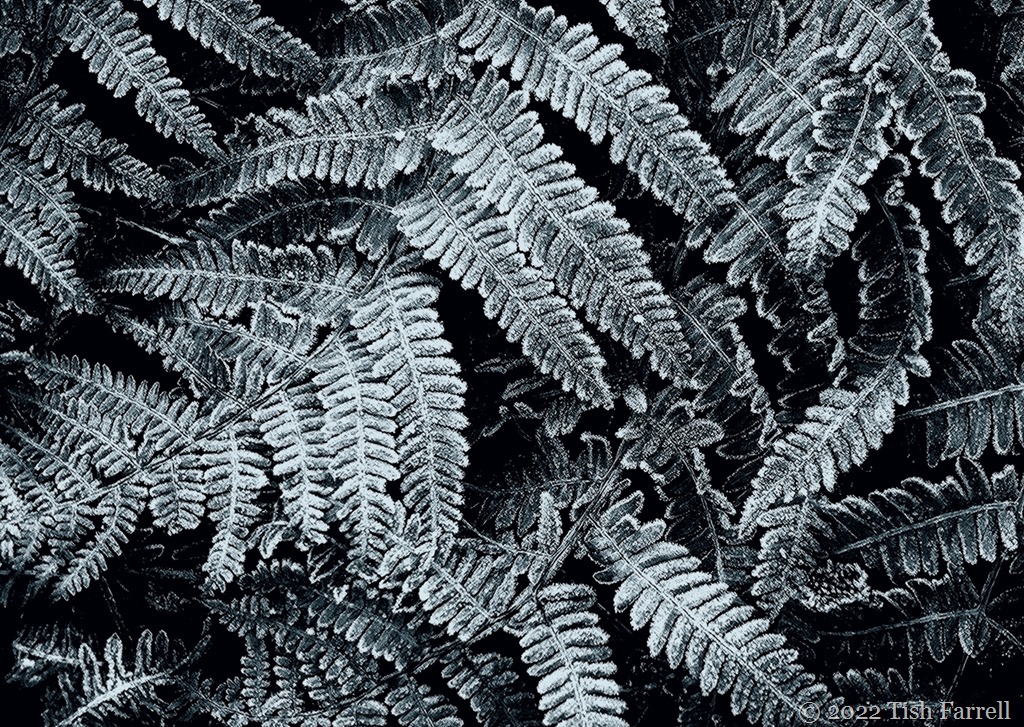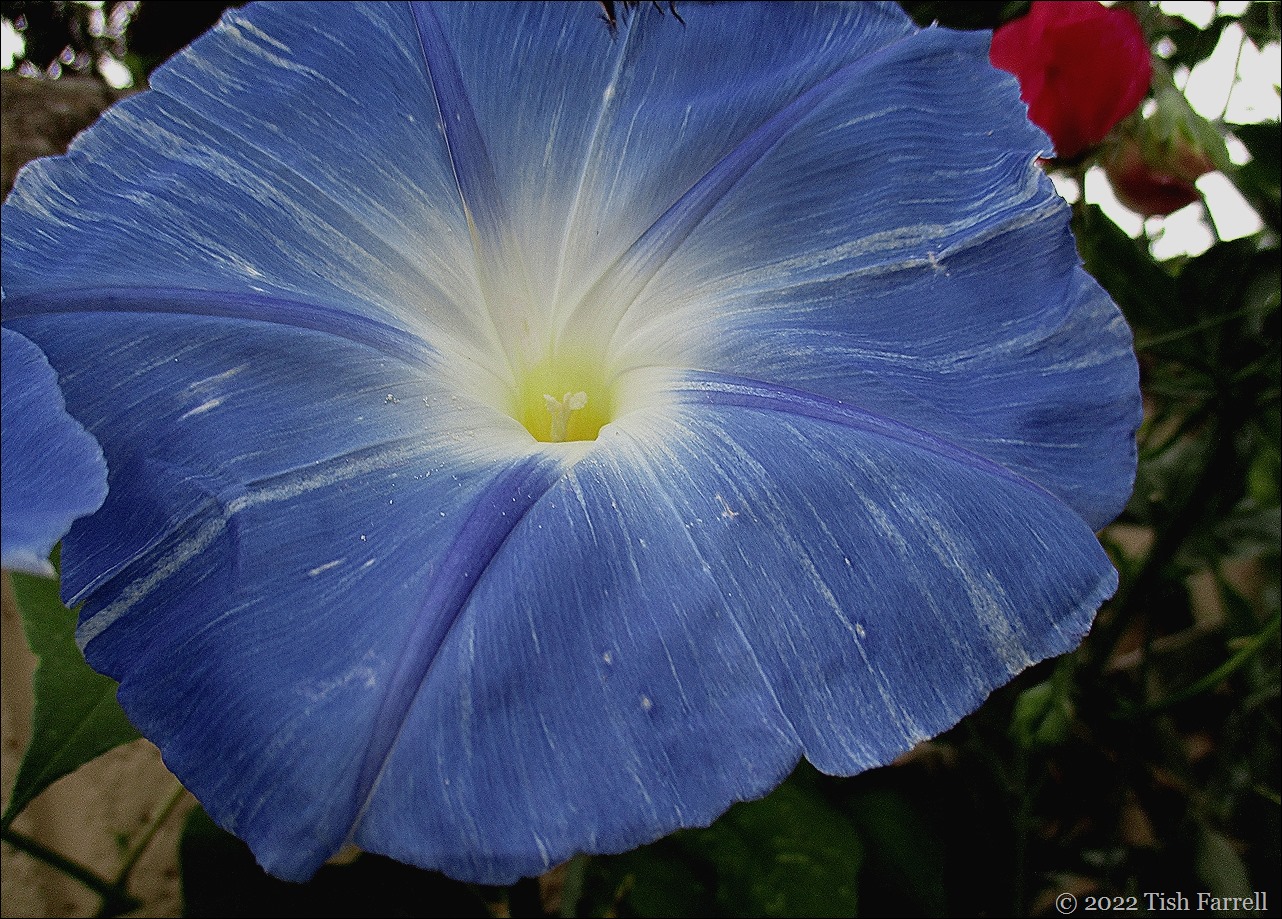
This first photo of Mzee Lali having a nap, with three full-sail Lamu dhows in our wake has to be my absolute favourite photograph. It was sheer chance that a) the scene composed itself so beautifully, b) I was alert enough to snap it and c) my Olympus-trip was not on the wrong setting.
It was Boxing Day and we had been out cruising the Manda Strait for several hours. In the morning some of our small party went in for a spot of snorkelling out on the reef. Next, using baited lines, we caught a few little fish which Lali and his nephew Athman scaled and cleaned. At noon when we were moored off Manda Island, Lali waded ashore and knelt down on the beach to pray. Then lunch was prepared, the fish grilled on a portable charcoal (jiko) stove and served up with freshly chopped coleslaw. Delicious.
In the afternoon we meandered back along the strait between the mangrove forests, waiting for the wind to pick up. We passed a large dhow taxi, utterly becalmed, engine stalled. It was brimful with laughing, chattering passengers, all hopeful that some time or other they would finally reach Lamu mainland to visit their relations.
*

This photo was taken a few years later. It’s a favourite because it was a chance meeting that pretty much sums up all that is so powerfully positive about young Kenyans. We were staying at Safariland Lodge on the shores of Lake Naivasha. Graham was hosting a conference of international crop pest scientists, and I was spending the days wandering around the place, bird watching. One afternoon I met Robert Omondi on the hotel mooring. He sold me one of the hand written booklets he had made, its topic the ecology of Lake Naivasha and the water sources that fed into it. He was visiting all the hotels and lodges along the lake, selling copies where he could, and so raising funds for his next term’s school fees.
*
And finally a photo to prove to myself I was actually there, although even at the time I took it, it was hard to believe. Besides which, the Great Rift Valley is almost impossible to photograph and give any true sense of scale or depth. If there isn’t a heat haze, there is often a fog. I was standing somewhere north of Nairobi, on the east escarpment highway which runs up to 9,000 feet above sea level. Below, in the foreground, is Escarpment location, a community of smallholder farmers. The bright green of the plots suggests it must be the main growing season after good rains. In the Rift bottom are the wheat and barley fields of larger-scale farmers, the crater of defunct volcano, Longonot on the left. The low road to Lake Naivasha runs north beneath it along the valley floor.

Lens-Artists: picking favourites This week Sarah at Travel With Me invites us to choose three favourite photos (not necessarily absolute favourites). Please go and see her three stunning choices.

















































